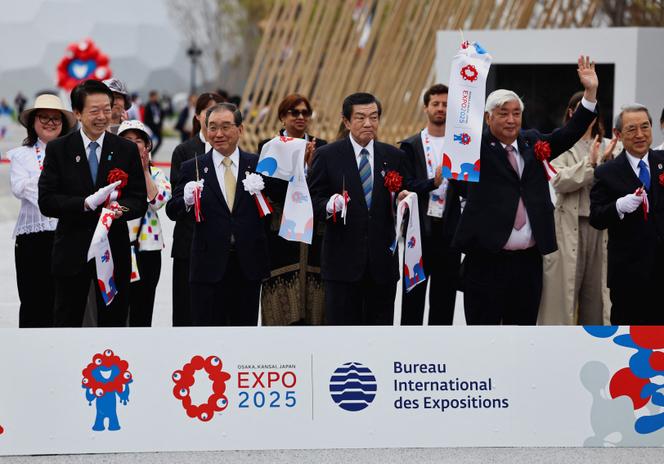

LETTER FROM OSAKA

Dotonbori is bustling in early April. The former theater and entertainment neighborhood of Osaka is overflowing with foreign visitors eager to photograph the famous Glico sign, known for its running man, and to enjoy the canal's banks crowded with colorful taverns offering local specialties such as takoyaki (octopus fritters) or okonomiyaki (a type of cabbage and seafood pancake). The city's castle and its cherry blossom park are equally popular, as are the Tsutenkaku Tower and its surrounding alleys, which still evoke the 1950s.
After decades of relative decline and the pandemic, which proved fatal to many small businesses, the capital of the Kansai region is experiencing a tourism and economic resurgence, driven by the development of amusement parks and new neighborhoods. This is culminating in the Expo 2025 Osaka Kansai, the third world exposition held in Japan, which opened on April 13 on the artificial island of Yumeshima ("Dream Island").
This revival is the result of political choices made over the past 15 years. Between 2008 and 2015, the terms of office of the very liberal Toru Hashimoto (from the Japan Restoration Party) as governor and then mayor of Osaka saw the expansion of the Universal Studios Japan theme park, with its Harry Potter, Jurassic Park, Super Mario and Donkey Kong attractions. The park welcomed 25 million visitors in 2023, compared to 14 million in 2015. At the same time, the city hosts numerous K-pop concerts, attracting fans from across the archipelago, as well as from South Korea, China, Taiwan and even Southeast Asia.
You have 69.89% of this article left to read. The rest is for subscribers only.
